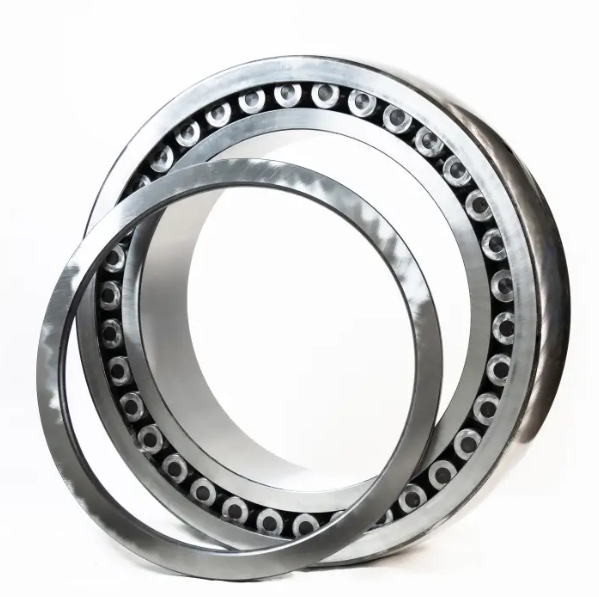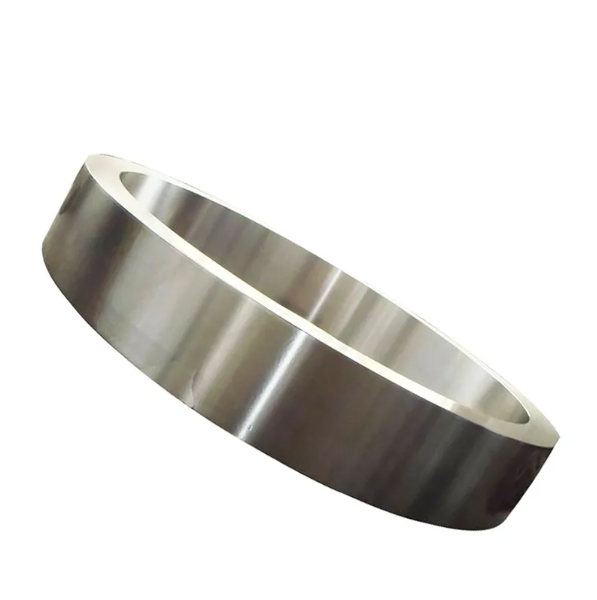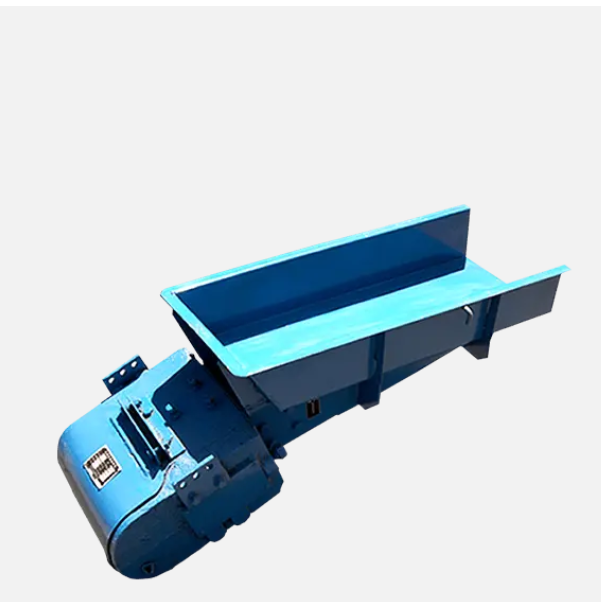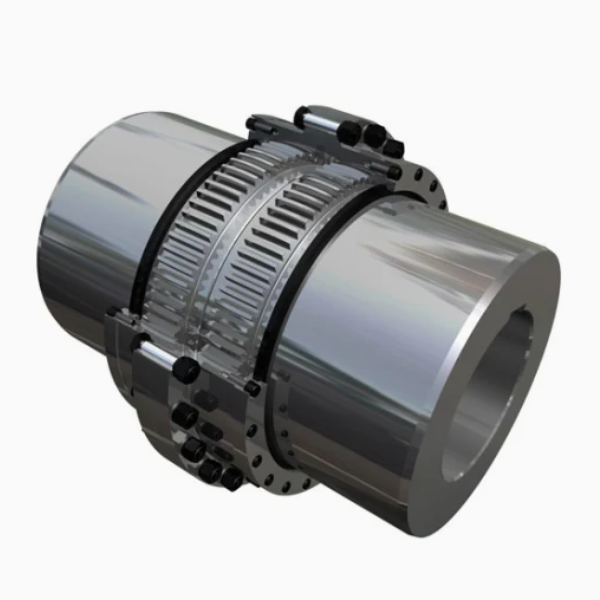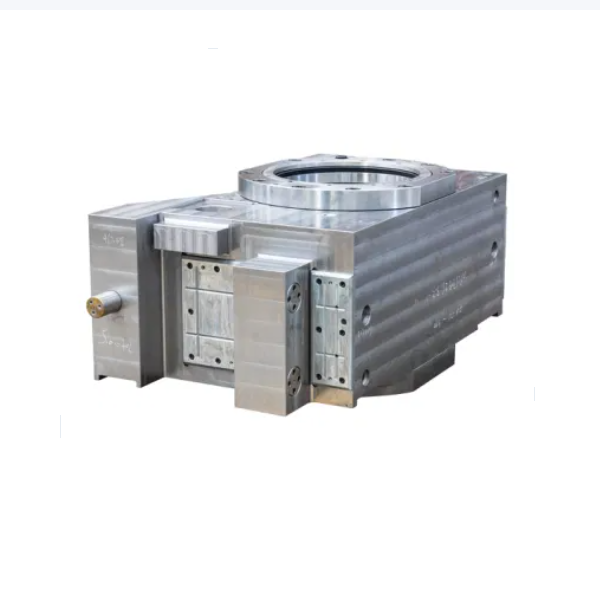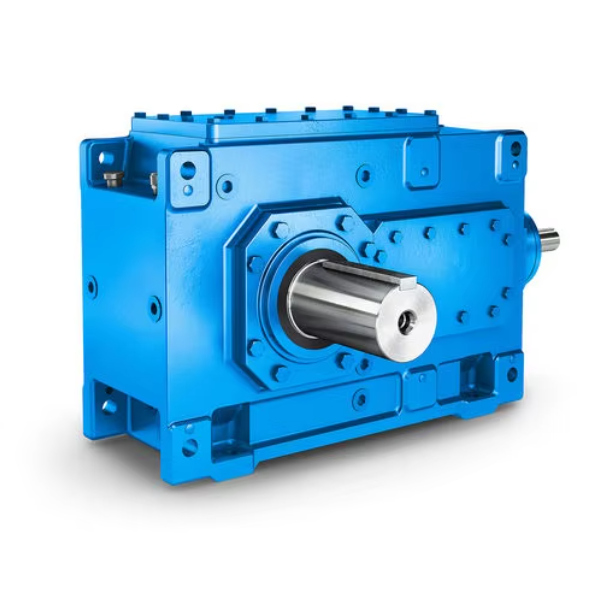Ball Mill Bearing
This article details ball mill bearings, which support the cylinder, bear heavy loads, and reduce friction, with key types including spherical roller bearings, double-row tapered roller bearings, and sliding bearings (Babbitt metal bearings), each suited to different mill sizes. It focuses on the manufacturing process of spherical roller bearings, covering inner/outer ring production (forging, heat treatment, precision grinding), roller and cage manufacturing, and assembly. Additionally, it outlines comprehensive inspection processes from raw materials to finished products (material composition, hardness, dimensional accuracy, rotational precision, life tests, etc.) to ensure they meet heavy-load, long-term operation requirements of ball mills.
More





